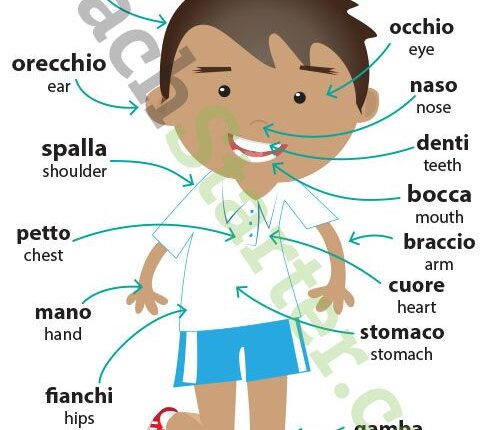©2021 Reporters Post24. All Rights Reserved.
A study recently published in Current Biology described the impact of ancient migrations on some complex traits (physiology and appearance) of contemporary Europeans. The study was led by Dr. Davide Marnetto from the Institute of Genomics of the University of Tartu, Estonia and University of Turin, Italy and Prof. Luca Pagani from the University of Padova, Italy.
Most of the contemporary European genetic makeup was shaped by movements that occurred in the last 10,000 years when local European Hunter-Gatherers mixed with incoming Anatolian Neolithic farmers and Pontic Steppe pastoralists. These populations were separated for thousands of years and evolved in different directions. Following this encounter, their DNA, or genome, came in contact and genetic variants characterizing each of them intermixed.
Previous studies, relying on the information contained in ancient genomes, described some biological traits of these source populations, elucidating the origins and the natural selection forces acting on traits like lactase persistence, height, and skin, eye or hair pigmentation. “With our study, instead, we asked how the physiology and appearance of contemporary Europeans are influenced by these ancient footprints that are still embedded in their genomes,” said Dr. Marnetto, first author of the study.
“As a case study, we used the Estonian population, which also displays some genetic components frequent in present-day Siberian populations, because of the rich data provided by the Estonian Biobank, where we could find the genome and trait characterization for more than 50,000 samples. We specifically measured whether having a certain feature, e.g. high cholesterol, is coupled with having inherited more variants from a specific ancestry, exactly in those DNA regions influencing cholesterol levels,” says Marnetto.
“Our results show that the ancient populations that formed contemporary Europeans were differentiated enough to contribute their own signature to the physiology and appearance of contemporary individuals,” says Prof. Luca Pagani, senior author of the study. For example, Steppe ancestry seems to have contributed to a strong build, with tall stature and increased hip and waist circumferences, but also to higher blood cholesterol, which on the other hand tends to be lower in individuals carrying Hunter-Gatherer ancestry at specific genes. The latter seems also linked with higher body mass index (BMI), among others. The best connections made for the Anatolian ancestry are instead a reduced (BMI-corrected) waist-hip ratio and lower heart rate. We also find substantial differences in ancestry or evidence for recent natural selection in eye and hair pigmentation, body caffeine intake, age at menarche and sleep patterns.
What the results do not say
Importantly, we drew our conclusions relying on specific parts of the genome, while using the rest of the genome as control, to observe subtle effects by contrast. “This means that it is misleading and naive at best to use any given trait to guess the dominant ancestry across one’s genome,” says Prof. Mait Metspalu, co-author of the study. He follows up by reminding that to give a biological outcome, it does not just matter how much of a certain ancestry one has in their genome, rather where and which genes this ancestry contributed, even for complex traits encoded by many genes. Metspalu also emphasizes that for the same reason it is simplistic to interpret trait patterns across Europe only as the abundance of one ancestry or the other without considering environment and other evolutionary forces. “Furthermore, it is important to remark that the link we made between a given trait and a given ancestry does not imply that such a trait was predominant in a particular ancient population or absent in all other groups.”
The authors conclude by pointing out that their focus on the Estonian and ultimately European population is connected with the sheer amount of data available, in contrast with the dramatic underrepresentation of other ethnicities in genetic studies.”There is absolutely no evidence indicating that Europe encompasses higher genetic diversity and more complex heritage than other continents: an increased coverage of samples from across the world is crucial to enhance our understanding on how past human history shaped the trait variability displayed by contemporary individuals,” said Marnetto.
Source: https://phys.org/news/


